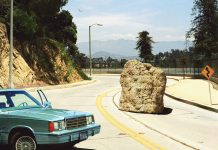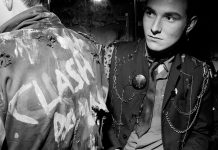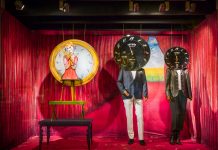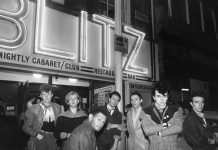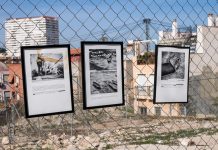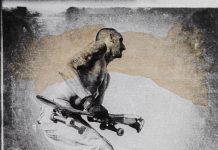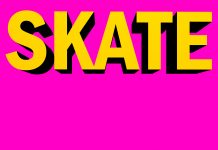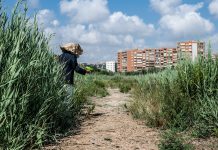

City 01 Skate Days, 2018. Muchamiel Skatepark. Muchamiel. Alicante. Spain. Move your feet, skate
Without sanctioned places to practice, skateboarders had been occupying parking lots, empty swimming pools, drainage ditches, plazas, sidewalks, streets, schoolyards, building foundations, and just about any other paved space they could get their wheels on. Municipalities have tended to perceive this occupation as an impediment to traffic flows and as a potential danger to pedestrians and to the skateboarders themselves, which translates into a liability threat for cities. Furthermore, skateboarders’ use of street furniture and hand rails consistently causes minor property damage, which has spawned a secondary industry in the manufacture of architectural deterrents to skateboarding and the dissemination of anti-skate design expertise.
Restrictive legislation is on the books in municipalities across the United States, but considering participation levels and property damage, the need for skate facilities has become apparent to «urban managers».
With significant input from the skateboard industry, and from local skateboarders themselves, cities have hired skatepark design firms to provide facilities containing a jumble of design elements simulating the urban spaces that skateboarders have inhabited, often illegally. The parks average about 10,000 square feet , approximately the same size as an athletic field. Skateparks often stand alone, but like the athletic field, the sandbox, and the swing set, the skatepark has also become one of many elements that are often sited adjacent to one another on large playgrounds.
The skatepark revolution is a response to demand, but urban managers’ motivations for providing these parks are more complex. Through a review of their professional literature, I show that urban managers in the United States focus less on skateparks as a means of satisfying community demand and more on specific behaviors of skateboarders, such as securing majority funding for the construction of parks, refraining from bringing liability cases for injuries, and informally policing surrounding neighborhoods. The literature also notes that the parks themselves serve as zones of economic activity, where stunts are documented and distributed (in magazines and videos) by the multibillion-dollar skateboard industry. This focus in the professional literature demonstrates that urban managers view skateparks as a means by which to reward and encourage specific character traits in young people, principally personal responsibility, self-sufficiency, and entrepreneurialism.
Quote. Ocean Howell. «Skatepark as neoliberal playground: urban governance, recreation space and the cultivation of personal responsibility», Space and Culture, 2008.



